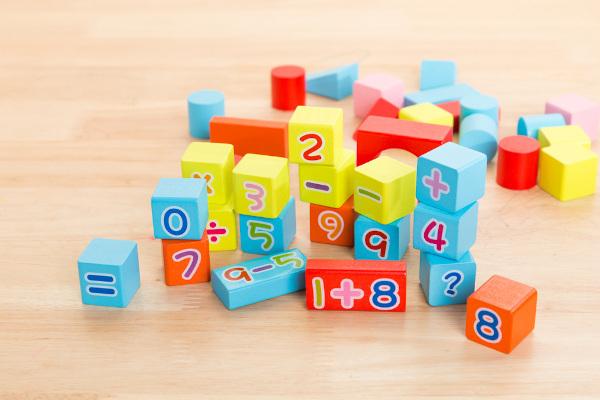THE addition is one of the main math operations, because with it, we can conceptualize and better understand the other operations. Understanding its properties helps us, in addition to solving problems, to better understand the operation and the others that derive from it, such as multiplication.
The properties of the addition are:
- Closure property
- Commutativity property
- Ownership of the association
- Neutral Element Property
Read too: Addition - learn to perform this math operation
Addition Closure Property

Saying that an operation is closed on a certain set is the same as saying that, when two numbers are operated, the result will still belong to the set of those numbers. considering two natural numbers, for example, the addition of these two numbers will always be a natural number. See an example:
7 + 30 = 37
Note that the number 7 is natural, as is the 30, and the addition result also remains natural, so we can say that, in the set of natural numbers, the addition operation is closed.
Commutative property of addition
As the name implies, this property guarantees that it is possible to add the parcels, regardless of their order. Look:
Note the addition between numbers 3 and 4.

See too: addition times tables
Addition associative property
The associative property allows us to calculate a sum regardless of the order in which additions are made. Look:
a) (6 + 3) + 7
When studying numeric expressions, we know that it is necessary to solve the parentheses first, however, when you have only the addition operation being involved, we can ignore that order. Look:
(6 + 3) + 7
9 + 7
16
Now changing the order:
6 + (3 + 7)
6 + 10
16
So we have that (6 + 3) + 7 = 6 + (3 + 7) = 16.
Addition Neutral Element Property
Like other operations, addition has its neutral element, that is, there is a number that, when added with any other, the result is equal to that any number. In addition, the neutral element is the number zero, so any number operated (added) with zero will result in the number itself.
7 + 0 = 0 + 7 = 7
56 + 0 = 0 + 56 = 56
0 + 3 = 3 + 0 = 3
solved exercises
1. Indicate the number and property that satisfy each of the following items.
a) 45 + __ = 45
b) 34 + 54 = 54 + ___
c) (24 + ___) + 23 = 24 + (35 + ___)
Solution:
a) 45 + 0 = 45
The property that satisfies equality is that of neutral element. When the neutral element is added to any number, the operation results in the number itself.
b) 34 + 54 = 54 + 34
The property we should use is the commutative, in which we can change the order of the parcels and the result is still the same.
c) (24+ 35) + 23 = 24 + (35 + 23)
The property associative allows you to “change” the position of the parentheses and the result is still the same.


